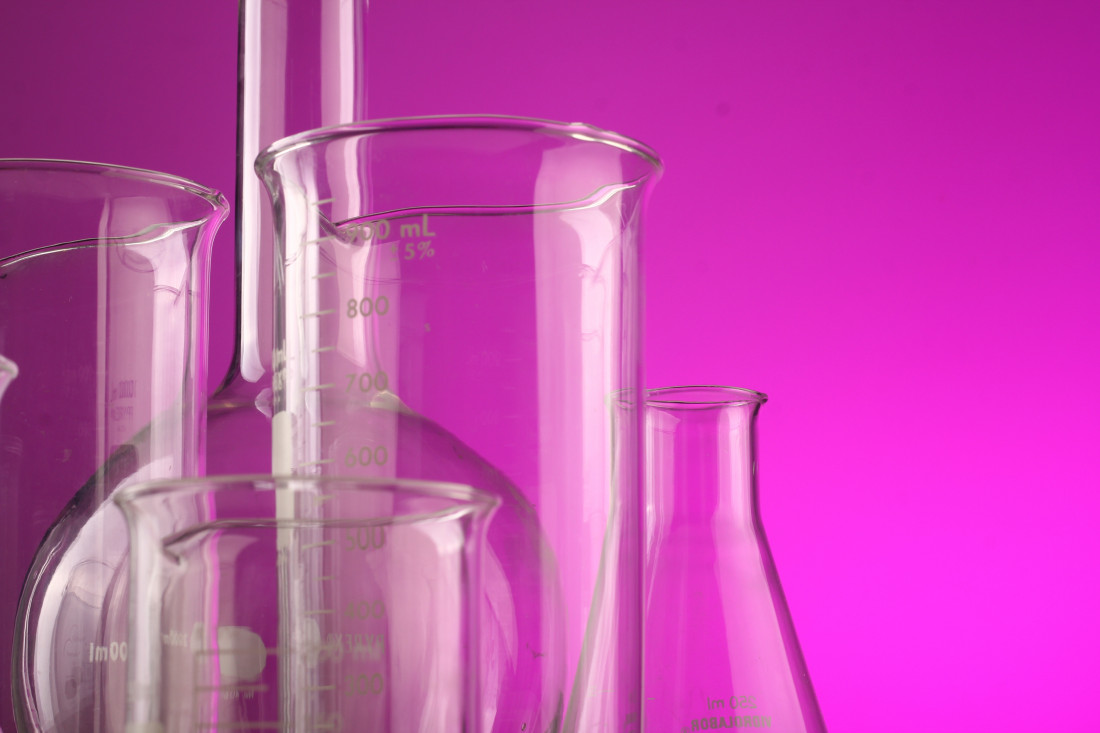Chemical engineers are interested in processes. Businessmen are interested in products. Somewhere along the line, both of these demands must be met if the project of developing a new chemical is to be successful (and profitable).
Chemical engineers, (generally being a brainy and analytical bunch of people) like to have a system for how they are going to create a process. So it is not surprising that there has been a great deal of thought and discussion on this matter over the years, with the great and the good of the chemistry world passing on advice on the best methodology.
Over time, this methodology has been changed, other times merely restated. Sometimes the process is recommended as a long list of things to consider, sometimes that list is short, but the premise for the development of a new chemical generally remains the same the world over.
As David Mody of Queen’s University in Ontario, states, perhaps most succinctly, “Design in its most simplistic viewpoint is composed of the following steps:
- Determine the problem and its constraints
- Generate potential solutions
- Develop sufficient detail that solutions can be compared and eliminated
- Implement the preferred solution”
But however clear and simple the scientific method, the process is quickly clouded by the introduction of the businessman. Much as the German military strategist Helmuth von Moltke noted that, “No battle plan survives contact with the enemy.”
For while the chemist may have a clear idea of the possible, the businessman may have ideas based more on a wish list of factors. Both of them should keep in mind the practicalities of their end product.
As much of the practicalities of the end product are based in the raw materials used, it is worth considering these points when designing a new chemical product:
- The raw materials should be commercially available, and not restricted on account of process claims.
- The materials should be of a grade suitable for immediate use.
- The raw materials should be easily transportable, and not encumbered by import restrictions, law enforcement watch lists or EPA restrictions.
- It should also be TSCA and REACH listed.
- It should also be free of problematic isomers and explosaphors, like azide or nitro esters.
Hopefully, by following these recommendations, costs can be kept low.
Without the worry of expense, we would all be alchemists. So the chemist should also be wary to minimise expensive procedures. For example, does it require tight fractional distillation for final purity or can this be avoided? Does it need more than a single protection scheme or require large amounts of high pressure work? Is it soluble enough in process solvents? Is it very stable? Does it require extremes of hot or cold? Can it be easily isolated, or does it require some complicated centrifugal process?
Always question your levels of purity. The costs for increasing purity by one or two percentage points can easily escalate. So it is important to consider whether the extra quality is cost effective or even necessary.
Often each individual process will require reconsidering. Can an n-octyl ester group product be used in favour of 2-ethylhexyl ester? Will the product have organic solubility problems? Can aliphatics enhance processability? Are nitromethanes used as a solvent? Or does the process need an expensive PGM catalyst?
Given the complexity of designing a new process, the multitude of factors to be considered, the array of raw materials, the importance of legislation and costing, it is understandable why chemists are always trying to keep the methodology of the design process simple.
Certainly there will be changes in methodology over time, for example today it is more important to consider recycling and sustainability, (concepts that were less prominent thirty years ago), but the central theme remains.
Use raw materials that are easily accessible and keep your processes simple.

